Medicinal Genomics published a very handy guide to identify diseases in Cannabis. It specifically helps growers that should familiarize themselves with the common diseases affecting cannabis plants and learn to recognize their symptoms. To detect diseases before symptoms, appear, growers can utilize specific virus testing in Plant Pathogen Assays to identify harmful bacteria, molds, viruses, and viroids.

Cannabis Diseases Overview

Powdery Mildew
Considered one of the most destructive pests, Powdery Mildew can infiltrate plant tissue and remain undetected. It typically appears about two weeks into flowering, potentially ruining a mature crop and causing significant economic losses. It is believed to spread through clones, but its transmission via seeds is still uncertain.
Symptoms:
Begins as white, powdery spots on the upper leaf surface, eventually coating the entire leaf.
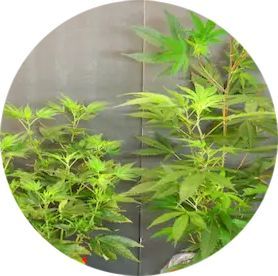
Hop Latent Viroid (HLVd)
Originally identified in hops, HLVd can also infect cannabis, often causing more severe effects in cannabis plants. Infected plants exhibit stunted growth and smaller, looser buds with fewer trichomes. Recovery requires a lengthy tissue culture process to produce a new, viroid-free plant.
Symptoms: Stunted growth with small, narrow, or discolored leaves during the vegetative stage; small bud sites with reduced trichomes during flowering.

Beet Curly Top Virus
Cannabis infected with this virus displays distorted growth. Leaves may curl or twist, and plants may develop shortened internodes at branch tips.
Symptoms:
Stunted growth, bright yellow leaves, upward leaf curling, and twisted new growth.
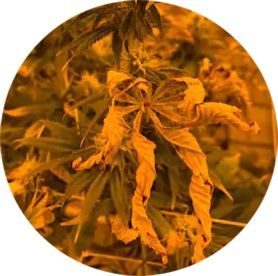
Lettuce Chlorosis Virus
Early infection in cannabis and hemp leads to stunted growth, though visual symptoms may not manifest until several weeks into flowering.
Symptoms: Yellowing leaves that roll up and become brittle during the flowering stage.
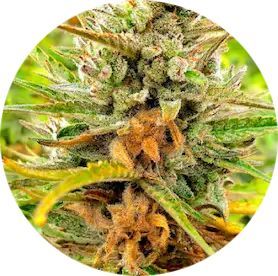
Botrytis (Bud Rot/Grey Mold)
This mold can remain dormant for long periods before sporulating. The infection typically begins within the bud, making early detection challenging.
Symptoms: Brown or grey tissue emerging from inside the flower.
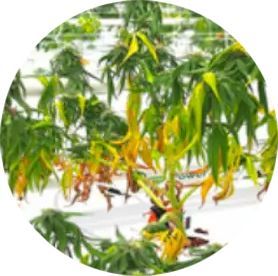
Pythium
Affects a wide range of crops, including cannabis. Pathogens may originate from various host plants.
Symptoms: Root browning, rot, and crown rot, leading to stunted, wilted, and yellowing leaves.
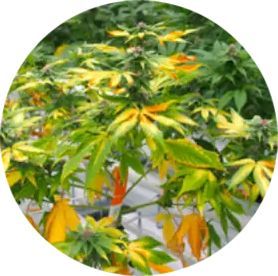
Fusarium
This fungus can remain dormant in soil for years before infecting a viable host. There is no effective treatment for fusarium.
Symptoms: Brown and necrotic areas on roots, discolored lesions near the soil line, and yellowing, wilting leaves.
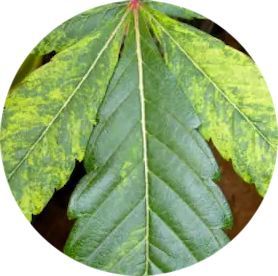
Tobacco Mosaic Virus (TMV)
Discovered in 1930, TMV was the first virus identified. It causes infectious diseases in tobacco plants and can also affect cannabis.
Symptoms:
Leaves develop a characteristic mosaic pattern of alternating yellow and green spots.
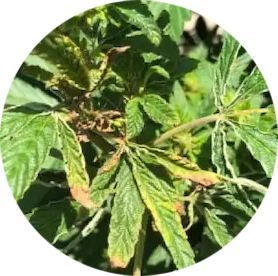
Russet Mites
These mites are resistant to most pest treatments, making careful screening of incoming plants essential. Visual detection of mature mites is possible with a 14X loupe, but eggs and nymphs are often missed. They may also act as hosts for other plant viruses.
Symptoms: Leaves curl upward, turn yellow or brown, become brittle, and eventually die off.
By staying informed about these diseases, growers can better protect their cannabis plants and ensure healthy crops.
SOURCE:
medicinalgenomics.com




